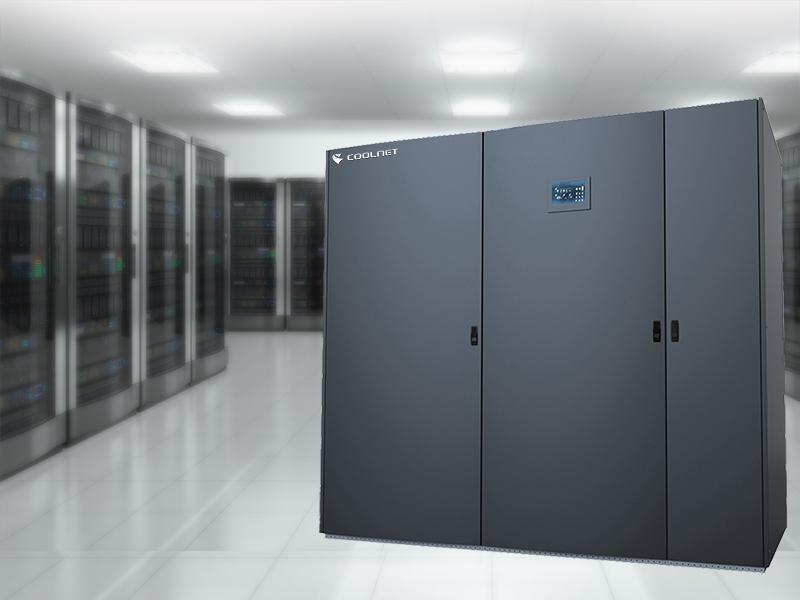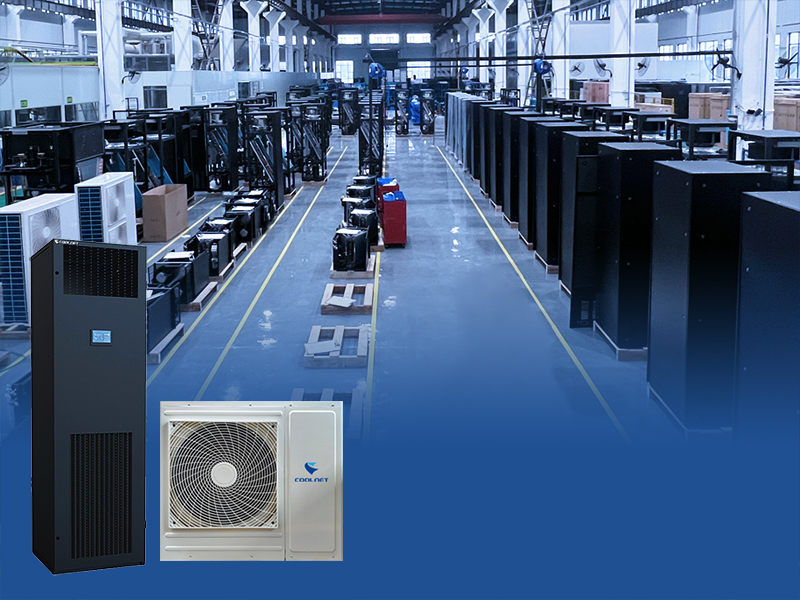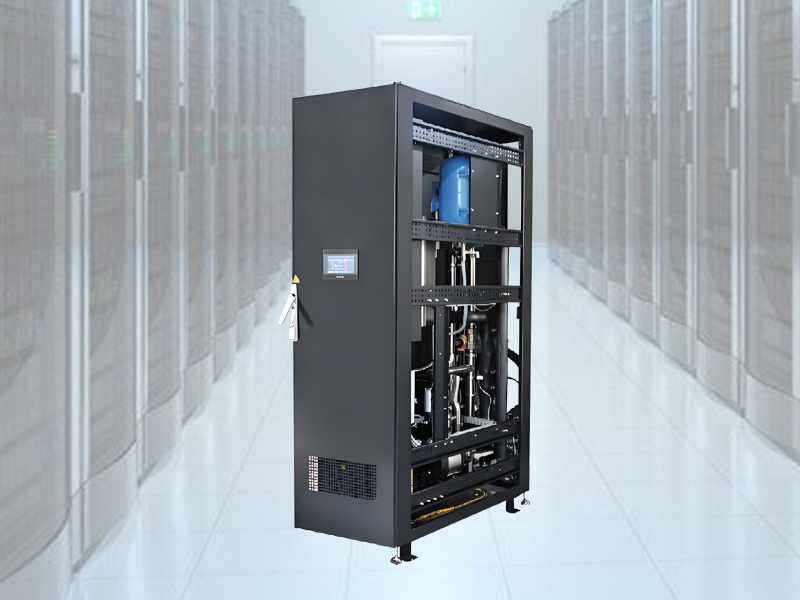At Coolnet, we’ve spent years helping data centers balance sustainability with performance, and a key debate emerges: renewable energy integration or efficiency gains— which matters more? When it comes to server room cooling system upgrades and modular data center design, both play roles, but their impact differs in meaningful ways. Let’s explore which one holds greater potential for long-term sustainability.
The Promise and Limitations of Renewable Integration
Incorporating solar, wind, or hydro power into data center operations is a popular sustainability goal. It reduces reliance on fossil fuels, which is undeniably positive. However, renewables come with challenges: intermittency requires backup systems, and upfront costs for installation are high. For example, a server room cooling system still needs consistent power to maintain temperature stability, even when the sun isn’t shining or the wind dies down. Our modular data center design includes UPS systems to address this, but they add complexity. Renewables are crucial for long-term decarbonization, but they can’t yet solve all sustainability challenges on their own.
Efficiency Gains: Low-Hanging Fruit with Immediate Impact
Efficiency upgrades, on the other hand, deliver tangible results quickly. A well-optimized server room cooling system, for instance, can reduce energy use by 25-30% without major overhauls. Our CyberMaster Series PAC uses EC fans and load-adaptive control to achieve this, directly cutting carbon footprints. Modular data center design amplifies these gains: by integrating cooling, power, and monitoring systems in a compact footprint, we eliminate energy waste from mismatched components. The closed channels in our modular designs isolate hot and cold air, preventing inefficient mixing and reducing the workload on cooling systems. These improvements are accessible, scalable, and deliver ROI faster than large-scale renewable projects.
Synergy: When Both Work Together
The most sustainable data centers don’t choose one over the other—they combine both strategies. Efficiency gains reduce the total energy needed, making renewable integration more feasible. For example, a server room cooling system optimized with our precision air conditioning uses less power, so a smaller solar array can meet its needs. Our modular data center design supports this synergy: pre-integrated systems make it easier to pair efficient cooling with on-site renewables, as the entire infrastructure is designed to work in harmony. This combination ensures that sustainability efforts are both impactful and cost-effective.
Conclusion
While renewable integration is vital for long-term decarbonization, efficiency gains—through upgraded server room cooling systems and modular data center design—offer more immediate, accessible, and scalable benefits for data center sustainability. At Coolnet, we prioritize this balance: our server room cooling systems are engineered for maximum efficiency, and our modular data center design simplifies both efficiency upgrades and renewable integration. By focusing first on reducing energy demand, we create a foundation where renewables can thrive. Ultimately, sustainability requires both strategies, but efficiency is the critical first step that makes all other efforts possible.








